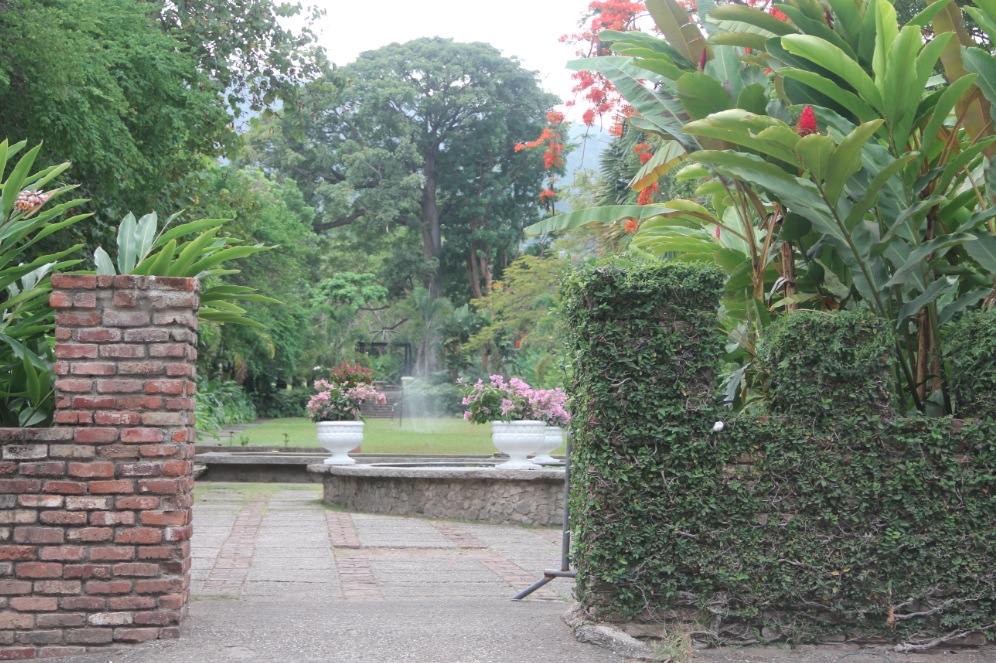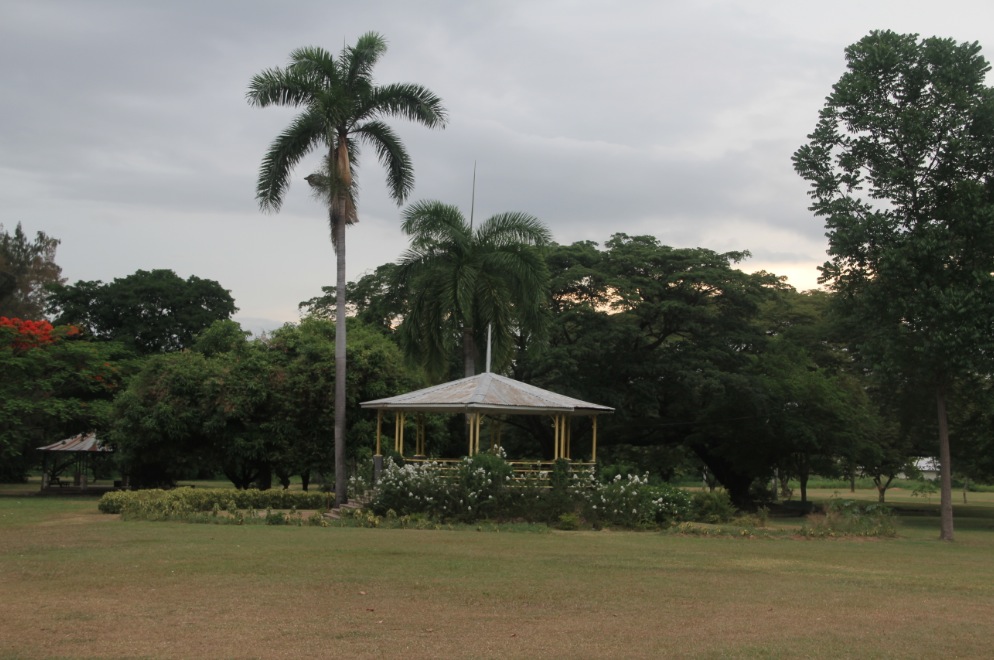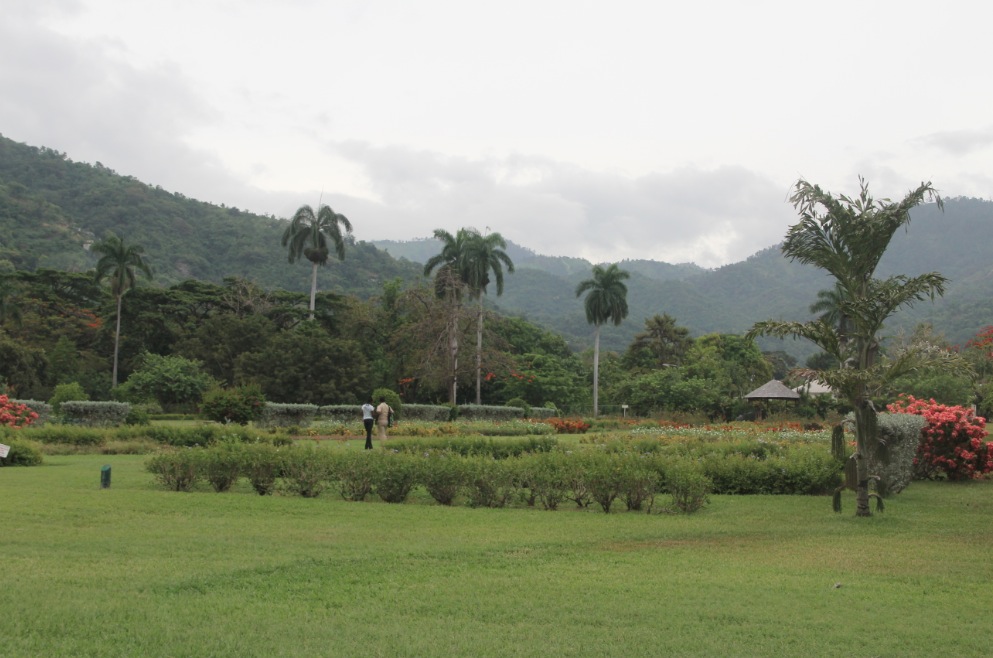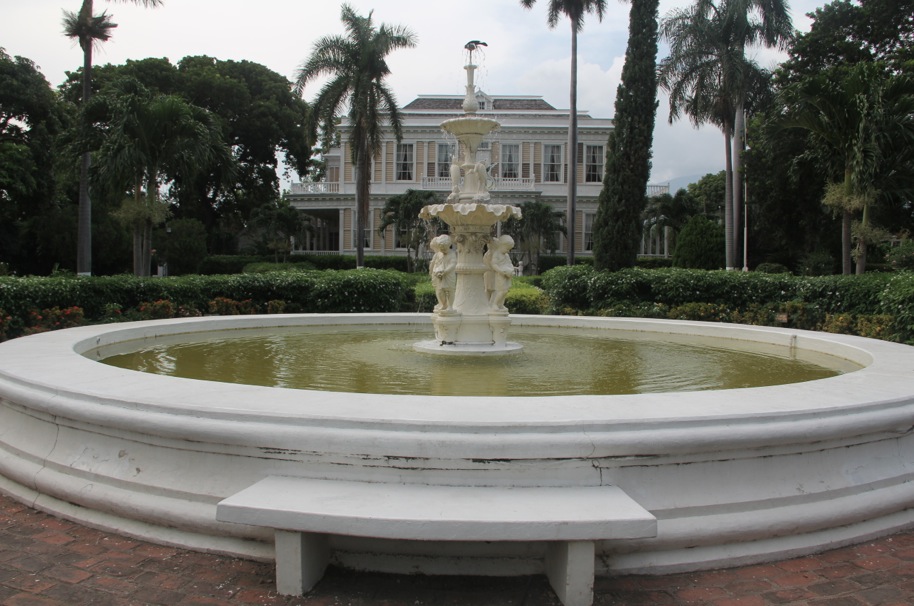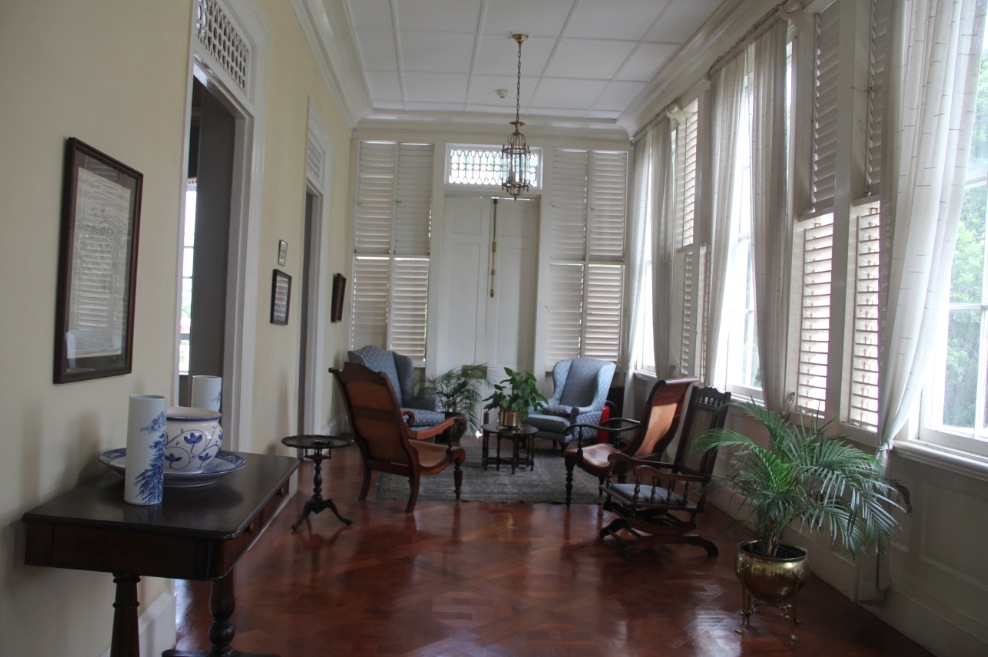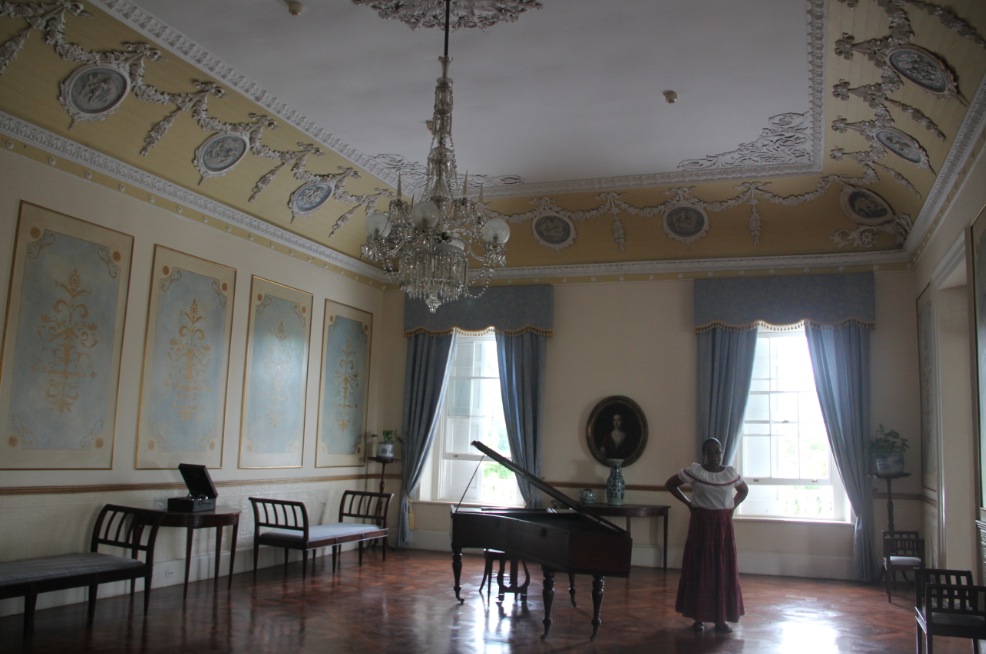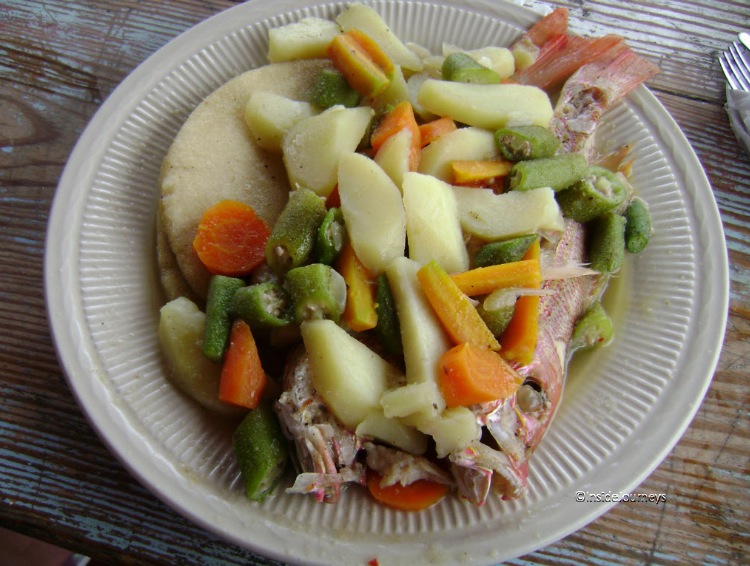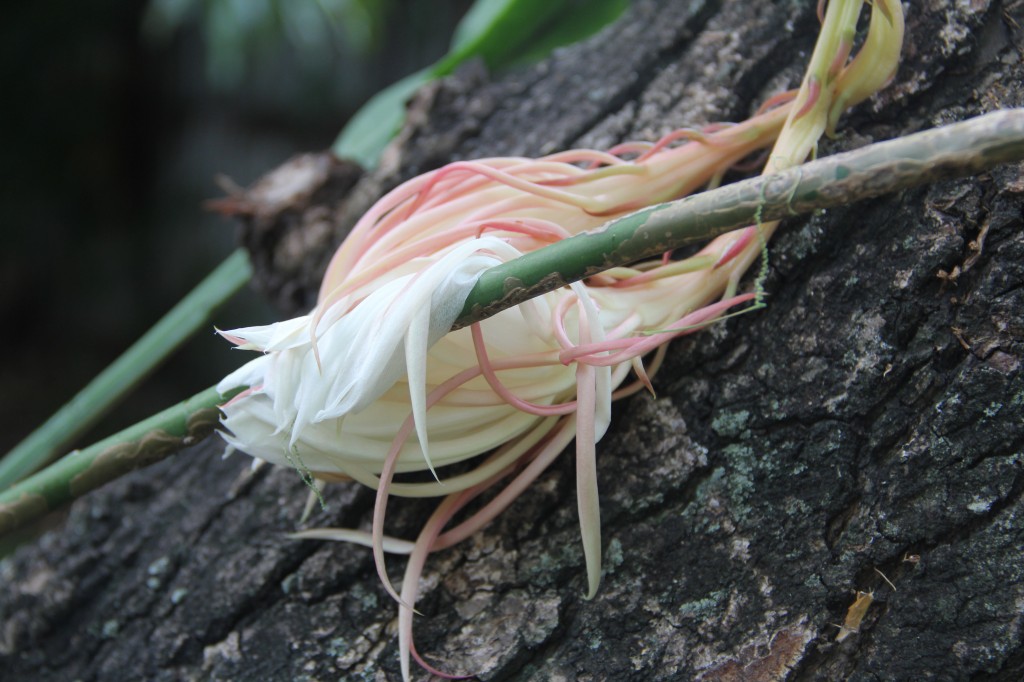Welcome to another #FoodieTuesday linkup!
Would you eat something called blue drawers?
Don’t answer just yet. Read on then let me know later.

Jamaicans have a knack for christening people and things with more descriptive names. Some members of my family did it. If someone reminded them of something else or if the person had a prominent feature, they’d call that person, behind their backs, of course, by that name.
That’s what happened with Blue Drawers. But no one seems to know how this little pudding ended up with this colorful moniker since it’s not blue – though during the cooking/steaming process the banana leaf turns the water a slightly blue color – and it’s not drawers either.
Blue Drawers, also called Tie-a-Leaf or Dukunnu came to Jamaica from West Africa. Dukunnu, in the Akan language, means boiled maize bread.

Blue drawers is typically made from cornmeal, but it can also be made using green bananas, cassava, sweet potato or yam, which is grated and mixed with sugar and spices. It is then cut in squares, wrapped in banana (or plantain) leaf. tied in small packages with a string (or banana bark, hence the name tie-a-leaf) and boiled or steamed. It can be eaten at anytime.
I hadn’t thought of, or seen, Blue Drawers in several years and was surprised to see it this past weekend at my family reunion. It wasn’t on the official menu but there it was, stacked three or four deep in an aluminum container, next to the usual breakfast items. I didn’t try the blue drawers right away. When I returned later, the container was empty.
How to Make Blue Drawers
Ingredients
1 pound cornmeal
2 ounces white flour
1/2 pound sugar
1/2 cup grated coconut
1 tsp. cinnamon powder
1 cup raisins
1 tsp. salt
1 tbsp. molasses
2 tsp. vanilla
2 -1/2 cups coconut milk
Banana leaf or aluminum foil
Banana bark or string
Water
Method:
Cut the center vein of the banana leaf. Soften or ‘quail’ the leaf by holding it over an open flame or boiling water until the green leaf turns dark. Set aside.
Put water in a large pot to boil.
Blend dry ingredients and grated coconut thoroughly. Mix wet ingredients, then add to dry ingredients. Stir briskly.
Place enough of the mixture into the center of banana leaf to make a 4-6” square. As if you’re wrapping a gift, fold each side of the leaf to the center; making sure it overlaps to keep the parcel waterproof. Use twine to wrap the bundle lengthwise and crosswise. Repeat until the batter is used up.
Place each package gently in simmering water that should be just enough to cover all the parcels. Cook for about 40 minutes, or until filling feels firm to the touch.
Plate and serve blue drawers.
Serves 8.
Here’s a video demonstrating how to make blue drawers. (As you can imagine, as young people, we would’ve only been able to use name with our friends. In front of parents and adults, it’d be either dukunnu or tie-a-leaf.)
So would you eat blue drawers?
You can join the #FoodieTuesday linkup by –
- Posting a foodie photo on your blog
- Adding the link to your foodie post in the link tool at the bottom of this post
- Leaving a comment. As a courtesy, please leave a comment on the other posts.
- Tweeting, G-plusing, Facebooking this post using the hashtag #FoodieTuesday


